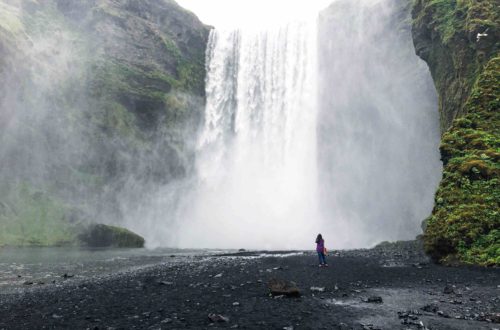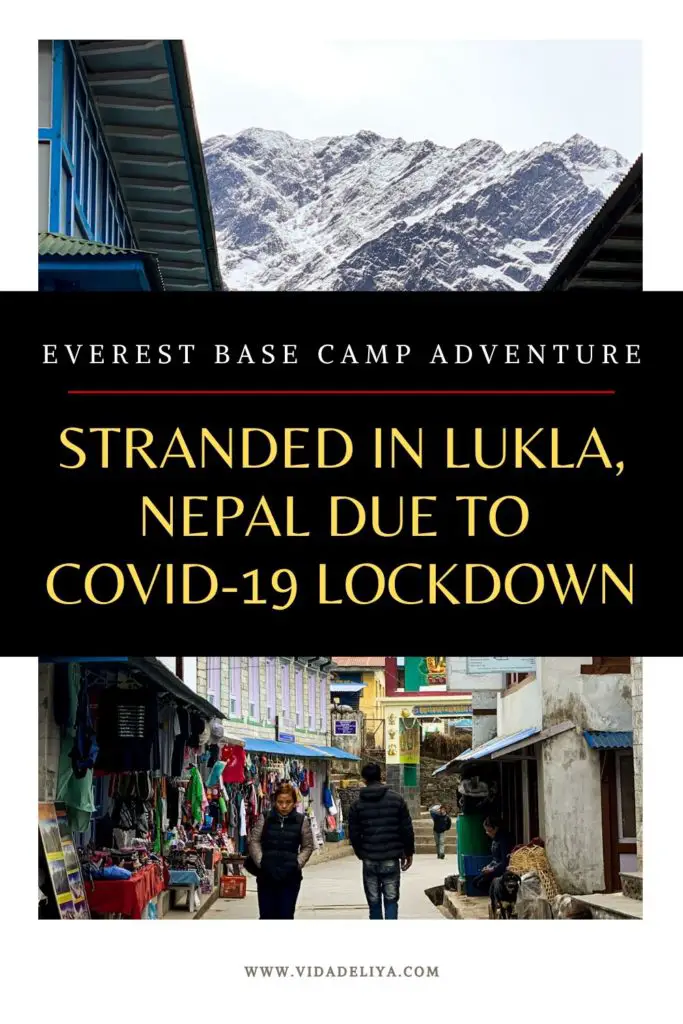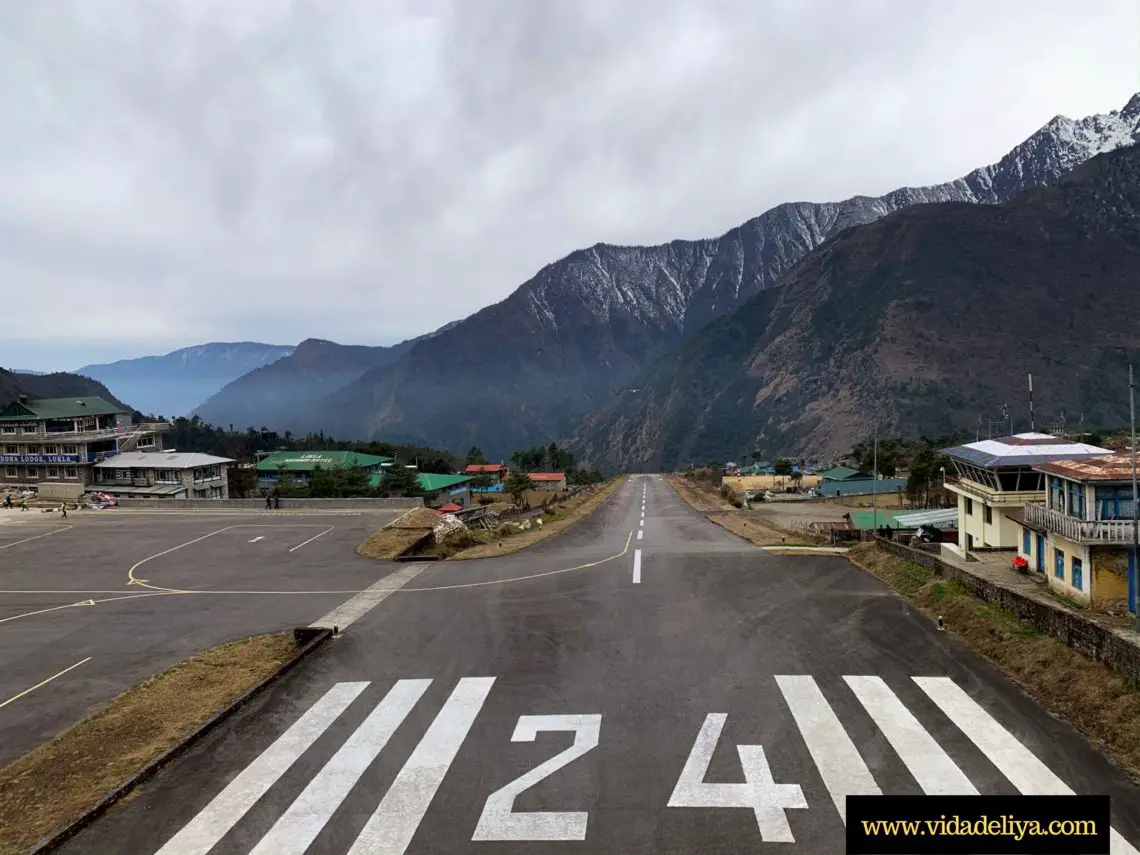
Stranded in Lukla during the COVID-19 Lockdown
There are some things I want to clarify at the start: I was not personally stranded in Lukla during the COVID-19 lockdown, which began on 24 March 2020. However, half of my Everest Base Camp trekking team were stuck there; the second half of us had taken a helicopter flight three days earlier and were in Kathmandu when it all went down.
This is therefore a recount of what happened to my friends, as well as how it unfolded from our end in Kathmandu as we endeavoured to get everyone off the Himalayan mountains back down to Kathmandu and eventually, home.
In addition, this is meant to be just a recount. There is no assignment of blame; only gratitude and relief that while the world went a little “crazy”, everything worked out in the end. And an awareness even that won’t have happened without the help of so very many people in our lives.
Because so many things happened, this post will focus purely on the experience of being stranded in Lukla, Nepal & what it took to get down from the mountains.
Table of Contents
How It All Began & Ended in Lukla (2800 m / 9186 ft)
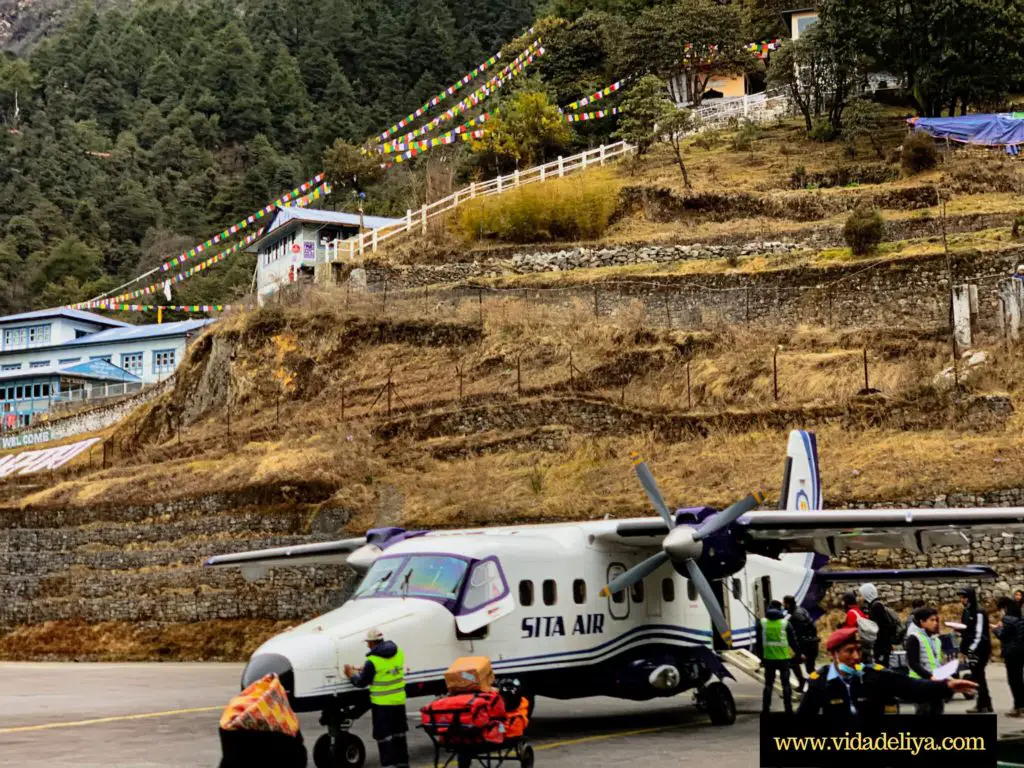
Let’s start at the beginning.
There were 9 of us. We began our 15-day trek to Everest Base Camp via Gokyo Ri on 13th March.
This was several days before the Nepali government decided to cancel all other trekking permits up the Himalayan mountains. This included Annapurna and Everest Base Camp treks (like our own), as well as permits to attempt to summit Mount Everest itself.
So you might say that we were ‘lucky’.
Lucky in the sense that we managed to start the hike before it got cancelled. And since we were already on the trek, we were permitted to continue, passing through the various permit checkpoints in Sagarmatha National Park.
What this also meant was that the hiking trails were empty.
Mind you, the Everest Base Camp Trek is a highly commercial route. March is meant to be the start of the peak hiking season in Nepal. And from what I hear, the routes can be so crowded that you often end up in human traffic jams!
That was not the case for us at all. We could walk for miles and not encounter more than a handful of people, mostly the same faces or locals going about their lives.
What we did encounter on a frequent basis were the herds of yaks, donkeys, and horses along the entire route up to Gorak Shep!
So it was lovely, in that sense. To feel as though we had the mountains to ourselves. To never have to worry about congestion.
The tea houses we visited also had very little guests. The remaining tea houses were already shut down because they knew that no more visitors would be coming.
That also meant that we had the chance to chat with the owners and have our food served quickly; there was no one else around!
COVID-19 Situation Then
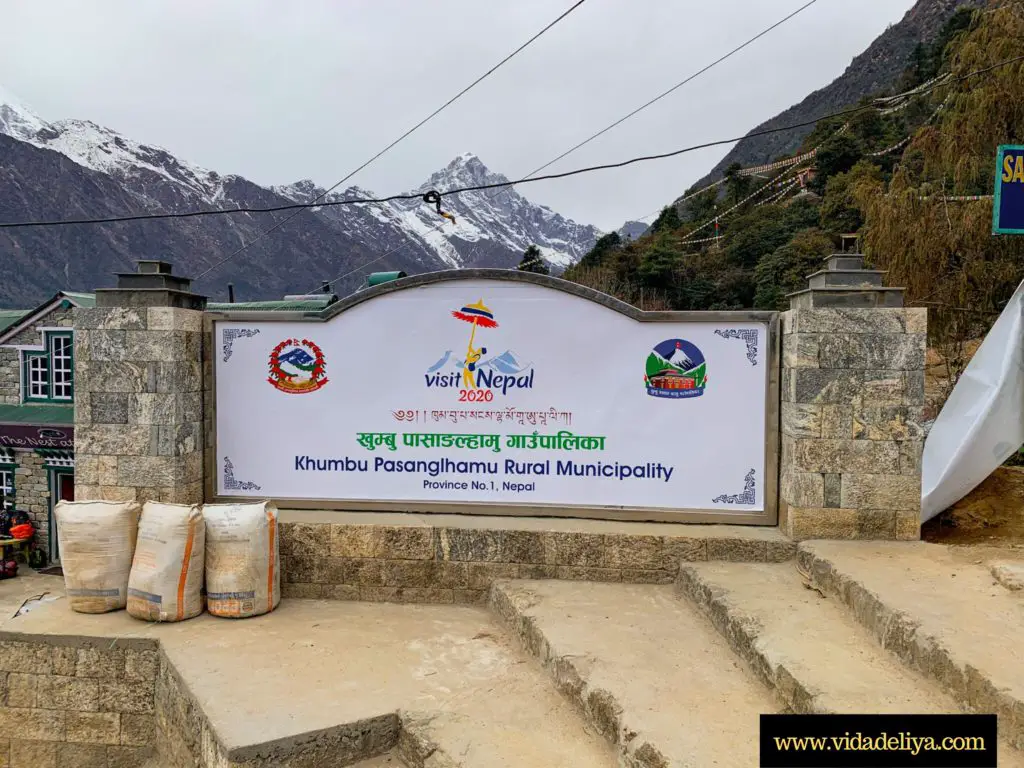
The mountains were our reality. Snow-capped mountains as our trekking companions by day, and cloud-kissed mountains hugging the terrain outside our bedroom window by night, every night.
The talk of the coronavirus (it didn’t even have a name when we first left for Nepal) didn’t seem real. In fact, it was downright surreal.
And Malaysia’s Movement Control Order (MCO) felt so much less real than trudging the next 5km up the next mountain towards a terrain where even trees can no longer grow. I know it sounds insane; it sounded crazy to me as I was on the mountains, but there you go.
Even on the day that half of us (including myself) decided to fly straight back to Kathmandu, it never crossed our minds that a lockdown would happen. Or such things like quarantine. Or the sheer global scale that it has blown into. Nepal only had 1 positive case; it hardly seemed a concern.
Nepal Goes Into Lockdown
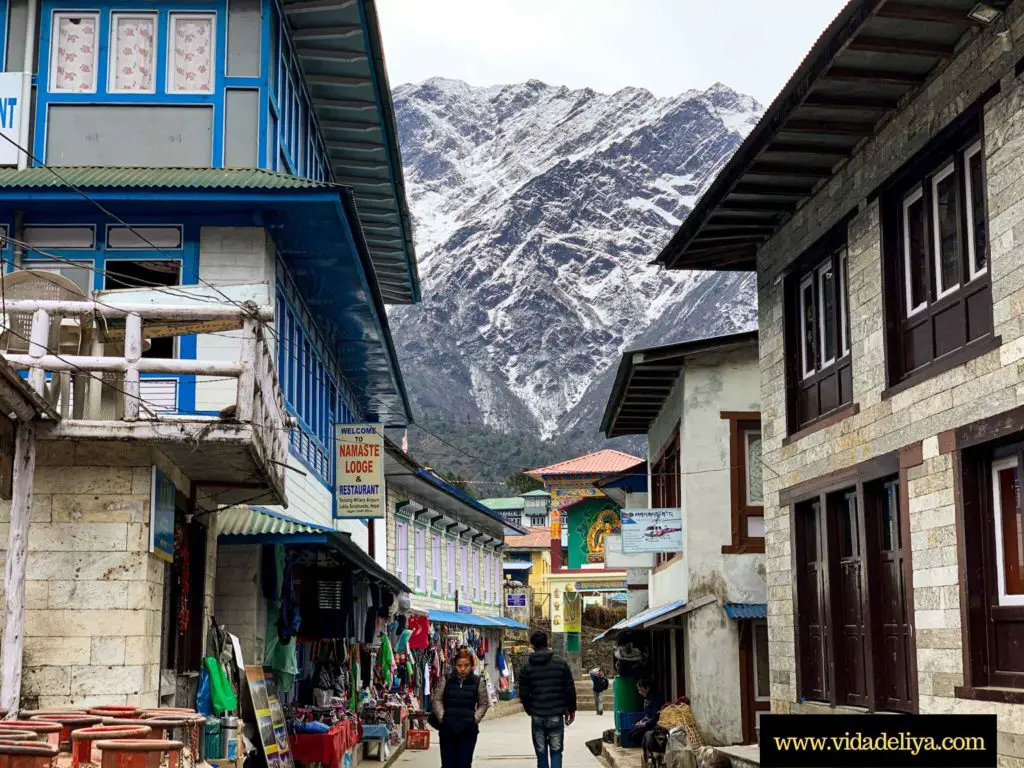
Then Nepal discovered its 2nd positive case and overnight, the lockdown went into effect: 6 am of 24th March. The day that my friends were meant to fly out of Lukla back to Kathmandu.
The impact of the nationwide lockdown was instantaneous: no flights were going in or out of Tenzing-Hillary Airport. And no one had any idea when any flights were being permitted.
There was of course the option of trekking several more days down the mountains but then you would need land transport for the final leg of the journey back to Kathmandu.
And such land transportation were no longer available. Unless it was for healthcare or security personnel, all transportation was forbidden.
Thus began the wait.
The crowds of trekkers stuck in Lukla grew to almost 300 persons. The trekkers who hadn’t already made it to the Everest Base Camp or their other intended destinations were told to head back down to Lukla.
The group furthest along the trail were at Dingboche (which is very unfortunate, since they were so close to the base camp!!).
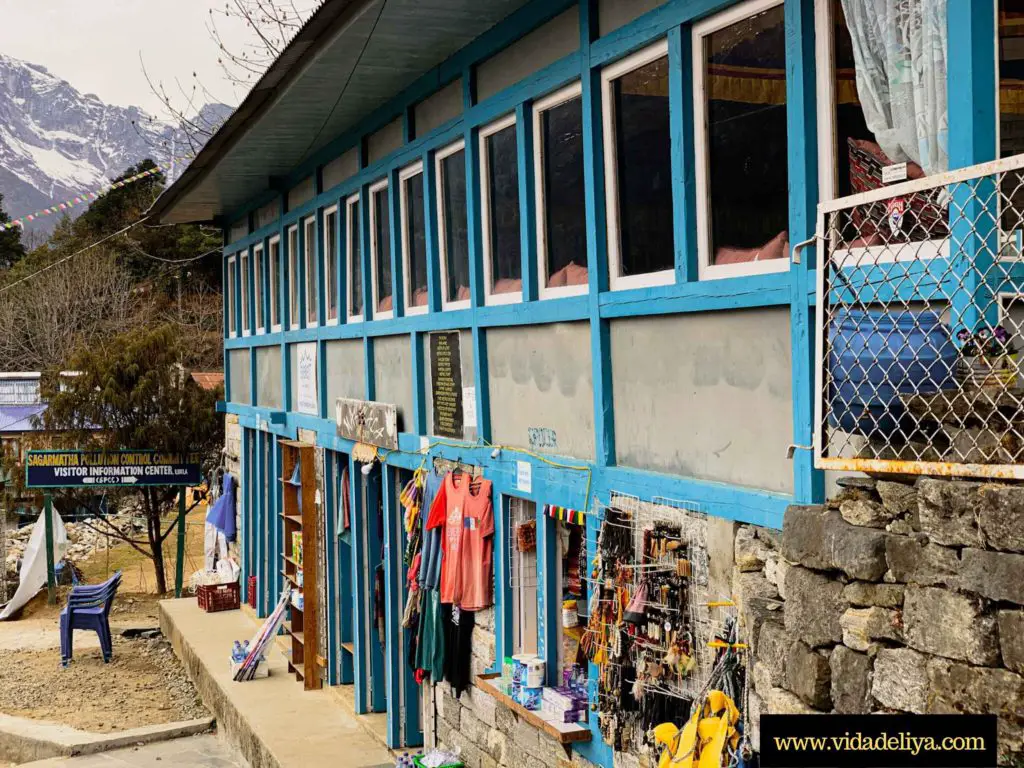
As for life in Lukla itself: in the first few days, trekkers were still allowed to wander around Lukla. This soon changed, as the police clamped down on all movement.
All shops shuttered. Everyone was to stay inside their tea houses and not move outside. There were frequent police patrols to ensure full compliance.
And mind you, Lukla is a fairly small village with one long road leading straight to the path up to EBC. There is nowhere to go.
All this happened, while the trekkers were several feet away from the Tenzing Hillary Airport. Within sight but so very far out of reach.
What was it like being stuck in Lukla?
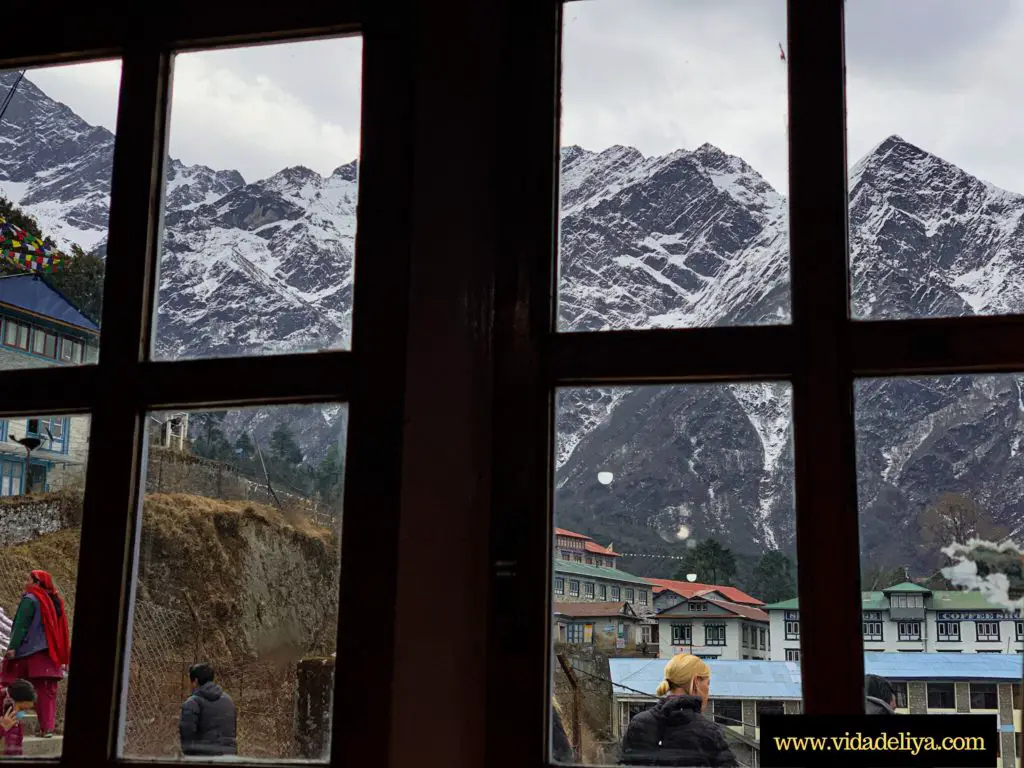
Time passes slowly.
You develop somewhat of a routine:
- Wake up
- Breakfast
- Order Lunch
- Stare at the Tenzing-Hillary Airport
- Have Lunch
- Order dinner
- Stare at the Tenzing-Hillary Airport
- Have Dinner
- Hear the dogs howl
- Sleep
And repeat! Or join in a card game or two with the locals.
Money Concerns
As with most things in life, the primary concern started with money.
Budgeting for a 15-day hike where your only anticipated expenditure is for hot water, snacks and charging devices is one thing. Being stranded in Lukla indefinitely, with the budget set aside for lodging & food quickly running out? That is another thing altogether.
Bearing in mind that the ATMs didn’t work in Lukla so even if you wanted to, there is no way to withdraw cash to make the necessary purchases. And cash is the only thing that worked on the mountains.
Initially, we tried to resolve the issue by establishing a credit system between the owners of the tea houses and our local guides. Whatever cost was raked up in the mountains would be paid once our friends were back in Kathmandu.
However on 25th March, the second day of the lockdown, the local municipal council stepped in to the rescue. All lodging, Wifi and meals (breakfast, lunch & dinner) for all tourists in Lukla would be provided for FREE!
Talk about amazing. 😱😍
Cold, Cold, Cold
On Day 1 of our EBC hike, we learned a crucial lesson: the mountains have a mind of their own.
We were hiking in the middle of March. It was meant to be the start of spring yet when we arrived, we discovered that spring was nowhere in sight. We were instead smack dub in the middle of a fierce winter. Rain and snow blizzards accompanied us up the mountain.
And that chill followed my friends the way back down to Lukla, where it got to as cold as 2°C (35.6 F). 🥶
Like every other Himalayan tea house, there are no heaters in the bedrooms in Lukla. The only heat to be found is in the heater in the main dining room, which is only lit up for around 2-3 hours a day.
So pile on those layers because it is cold. And thus not a surprise that quite a few people ended up with a small cough (otherwise known as the Khumbu cough).
No Showers!
Perhaps the BIGGEST issue of them all was the lack of showers (or more accurately, the lack of suitable conditions for a shower).
Because the reality of living in such cold conditions is that you can’t, you shouldn’t shower even if the option presented itself. Not unless you want to catch a cold/hypothermia straight after said shower.
But if you wanted to, that is NPR 400/ RM 14 per shower.
The bitterly cold conditions had started from Day 1, where it actually rained. So that meant that no one had had a shower since the start of the trek. Given that it took a week to bring everyone down, that was 3 weeks of no shower!
And of course let’s not talk about clean clothes. In the interest of keeping the weight under 10 kg, everyone only brought a max of two sets of clothes for the entire trip. 😥
How it impacted the Locals
But the fact is, the lockdown didn’t trouble just the trekkers but also the locals.
Firstly, there was the lack of income for the people in the Himalayas. An industry that relies heavily on the tourists and trekkers hiking up to Everest Base Camp, Annapurna, or even the Island Peak.
This includes:
the porters – who only earn USD 2.50/day, with USD 0.50 taken out for insurance!
the trekking guides – who typically earn USD 10/day; and
the owners of the shops & tea houses in the Himalayan villages – who will be making zero income for the foreseeable future due to all the cancelled permits.
Then there was the initial talk about how only the foreign trekkers stranded in Lukla were allowed to leave. The locals would have to be stuck indefinitely until the nationwide lockdown was lifted, as domestic travel was not permitted.
Thankfully this turned out to be untrue as our local guide managed to leave Lukla on the same day, but this just goes to show how much uncertainty there was.
Himalayan Mountain Views & Hospitality
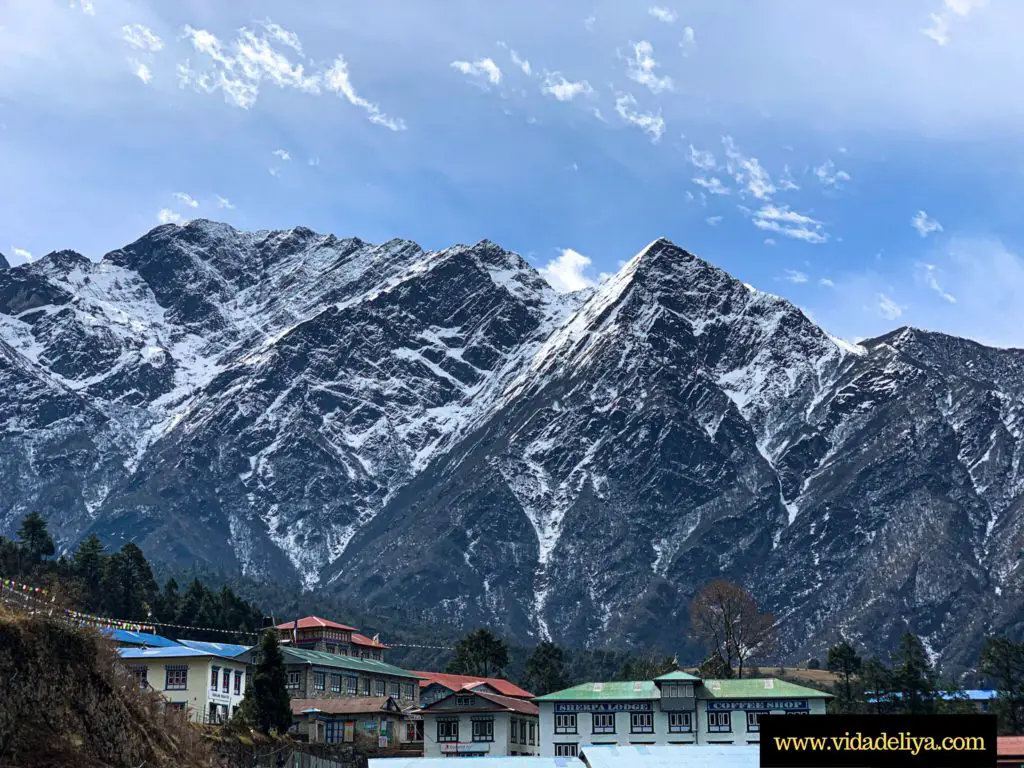
Having moaned enough about the difficulties of being stranded in Lukla, it’s only fair to talk about its plus points.
Stunning Views
The most obvious ones are the views.
You have not seen mountains until you have been to the Himalayas. From the moment we boarded that tiny propeller plane to Lukla and touched down, we were surrounded by views upon stunning views.
At almost every little corner of Lukla, you would already see massive mountains (they consider them ‘hills’ here) peeping out to say ‘hi’.
Renowned Himalayan Hospitality
There is a real sense of togetherness up in the mountains. Everyone knows everyone, and everyone is trying to help everyone. That hospitality was extended to all foreigners. An understanding of how it had impacted everyone, and a willingness to help wherever they could.
We saw that throughout our trek up to Everest Base Camp and it applied equally to my friends stuck in Lukla. How they coped when they too were feeling the impact of the lockdown, I’ll never know.
Fantastic Food
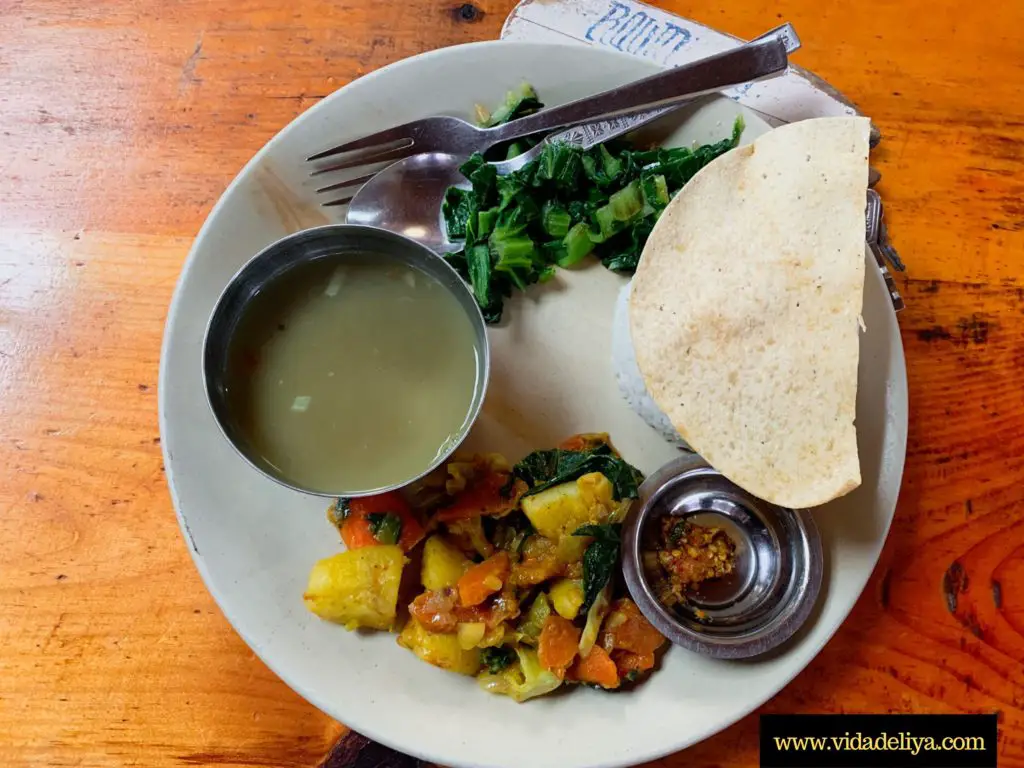
The food on the EBC trek is fabulous. This guide lists the full range of meals available in the Himalayan lodges along the entire EBC trekking route.
Warm, hearty and healthy, to say the least. With a great deal of variety.
The lodges had enough food to feed everyone for several months so this was never a concern.
All these reasons and more (which you can find here) are why, in spite of everything that has happened, I would strongly recommend the EBC trek to anyone interested.
And perhaps I can say this with some small level of authority. After all, we did go through one of the ‘worst’, most unprecedented times the world has ever known.
But it’s during the most difficult times that some of the best things make themselves known. Cliche, but also very true in our case.
TL;DRApart from the severe cold and lack of showers, being stranded in Lukla during the COVID-19 lockdown wasn’t the worst thing in the world. |
Getting out of Lukla ✈️
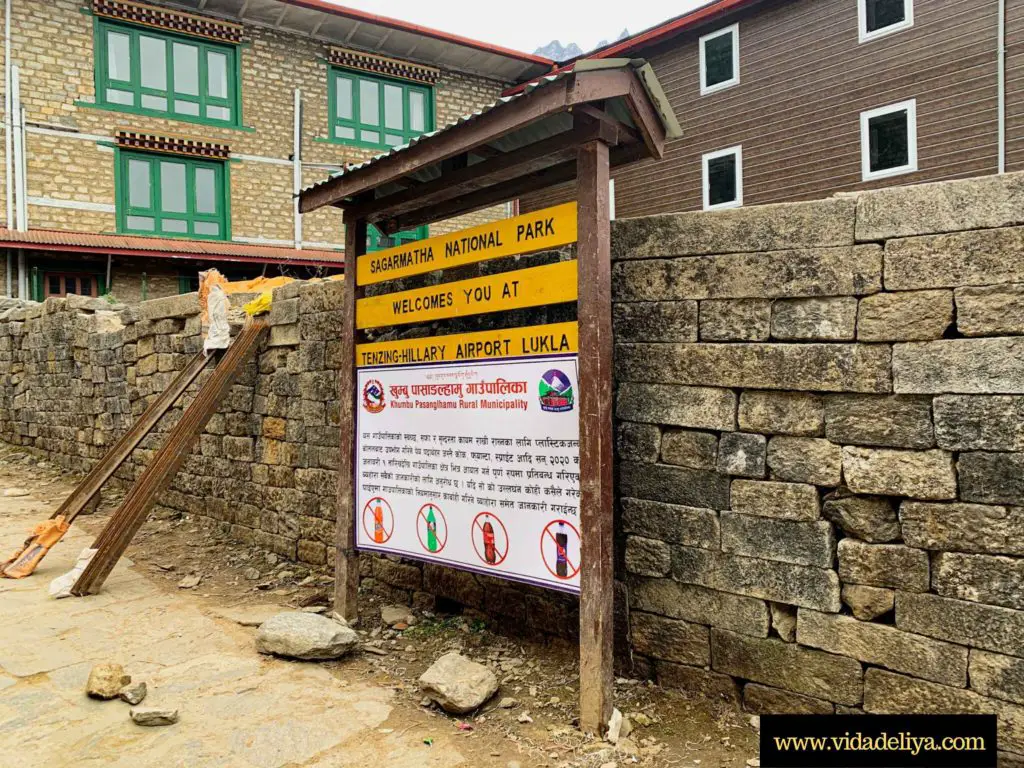
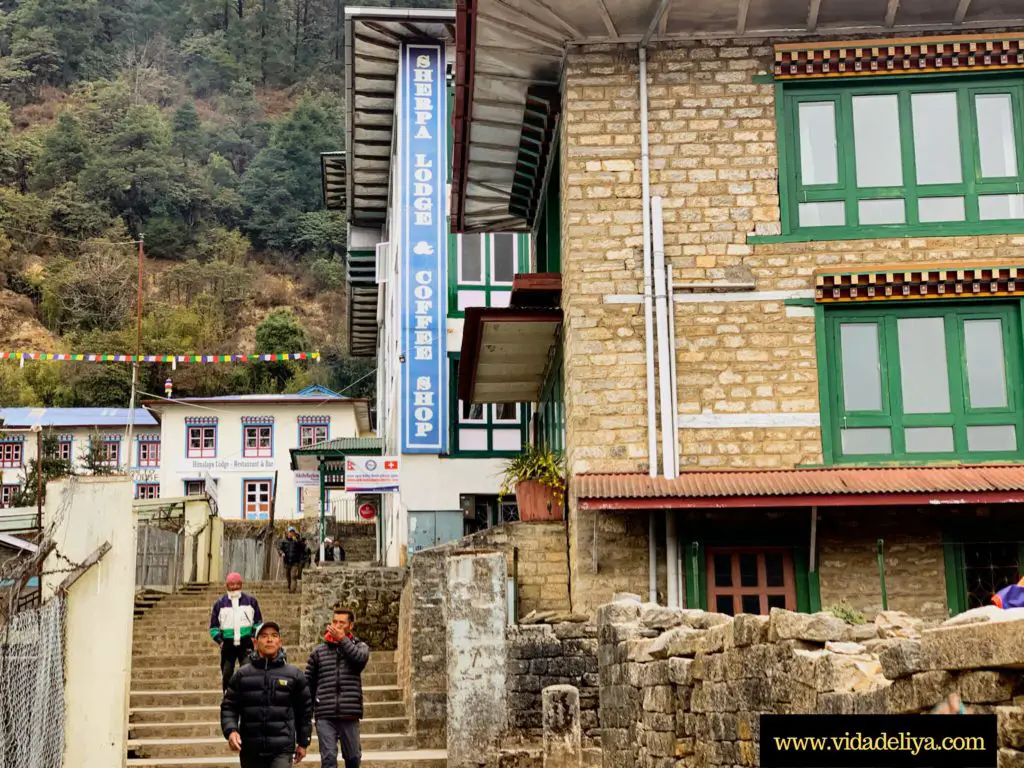
Even now, it isn’t entirely clear how it all came together.
But I believe that things started moving thanks to a series of events :
- We registered ourselves with the Malaysian embassy in Kathmandu, thus alerting them to our presence (as well as those stuck in Lukla) – see this post for more details of how we worked with the Malaysian embassy/media to get back home!
- After much communication with various local trekking guides and authorities, we learned that a chartered rescue flight could be arranged provided that the embassy issued an appropriate letter to the authorities (whatever that meant!)
25 March:
- We learned that the incredible Nepal Tourism Board had set up a “Stranded in Nepal” service to arrange for the emergency evacuation of foreigners trapped in the mountains
26 March:
- The morning news in Nepal FM reported the Nepal government announcing the operation of domestic or rescue flights for those stranded at Lukla, Pokhara or other places. But they would then have to stay in self-quarantine near Kathmandu until an international flight could be booked.
- A Tara Air flight was also spotted arriving at Tenzing-Hillary Airport, leaving with its small collection of French nationals.
- Reports came in of at least 300 foreigners stranded along various trekking routes: 98 trekkers in Everest region, 50 in and around Jomsom, 30 in the Annapurna region, 19 in Sankhuwasabha and 18 in the Bob Marley hotel in Muktinath
27 March
- We received word that 5 Nepal flights with a seating capacity of 14 pax would be arriving in Lukla tomorrow
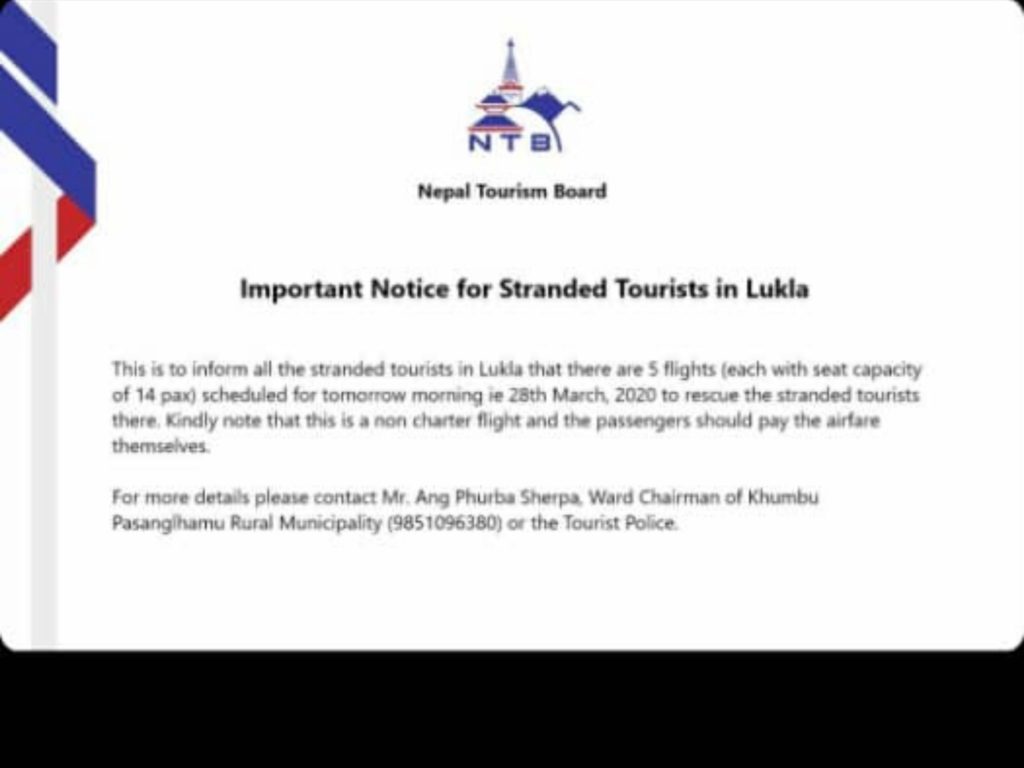
28 March
- Everyone lines up bright and early at the Tenzing-Hillary Airport.
- At 10am, 2 flights have come and gone. By 1.20pm, all 5 flights have left with its 95 rescued passengers. No more flights were scheduled for the day due to bad weather.
29 March
- This time, the local guides were also lining up at the airport! TAAN would be arranging rescue flights for the locals, while Nepal Airlines had made arrangements for the foreign trekkers.
- After much discussion and assistance from the owners of the tea houses, the second half of our team managed to board a flight to Kathmandu!
Realities of Boarding a Flight at Tenzing-Hillary Airport
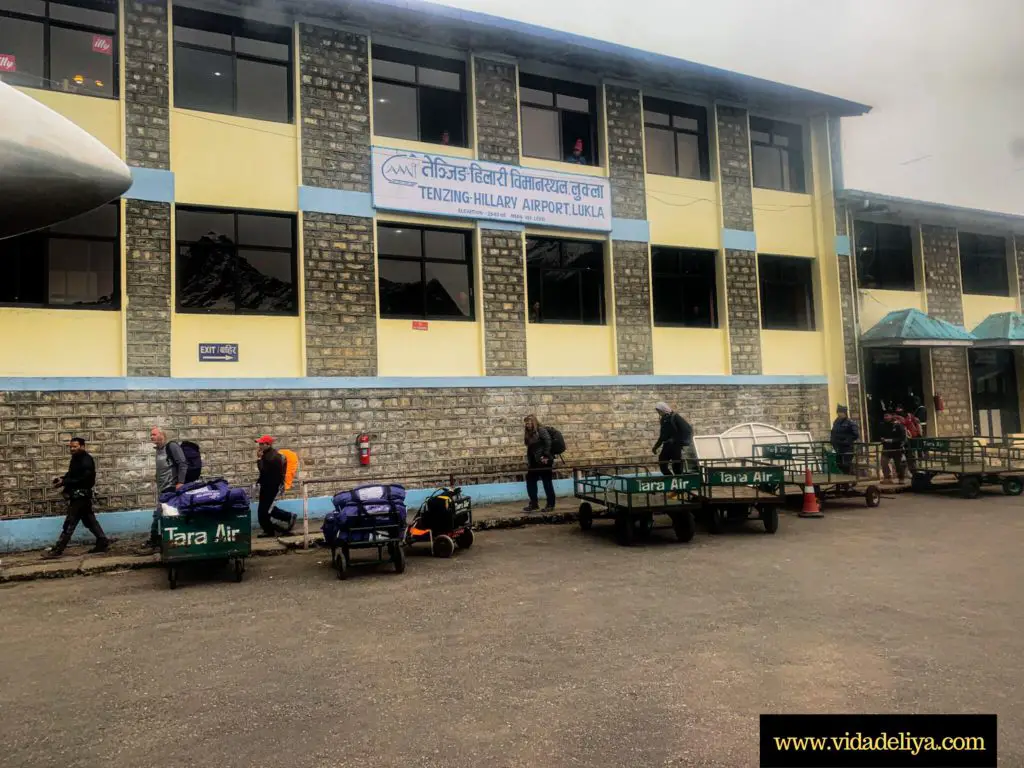

Disclaimer: I don’t know if this is what typically happens when trying to board a flight at Lukla. Probably not. But this is certainly what happened when trying to fly out of Lukla during a nationwide COVID-19 lockdown.
Tenzing-Hillary Airport is not only the world’s most dangerous airport (fact), but also one of the smallest.
Every day, trekkers would have to line up outside and wait for their names to be called. Once your name was called, you would get your boarding ticket and be able to board a flight back to Kathmandu.
Until your name is called, you won’t have a clue what flight you are taking and the departure time. In fact, you don’t even know if you have a flight. 😳
That was why we enlisted the assistance of the owners of the tea houses. Because they understood what was happening on the ground and we did not.
And without their help, and the help of so many people including those from the embassy, Nepal Tourism Board and airport authorities, those rescue flights would probably not have happened.
But it did.
And my friends even got featured in Al-Jazeera!
Thus the first part of our two-part Nepal lockdown adventure had ended.
We now had to cross the bigger barrier of finding our way back to Malaysia in a world where international airports were shut down, the airplanes had gone dark and air routes had grown silent.
Click HERE for Part 2: The quarantine life while Kathmandu was in lockdown, and how we worked to get ourselves out of Nepal back home to Malaysia on 4 April.
Share/Pin This Post on the Experience of being Stranded in Lukla, Nepal


You May Also Like
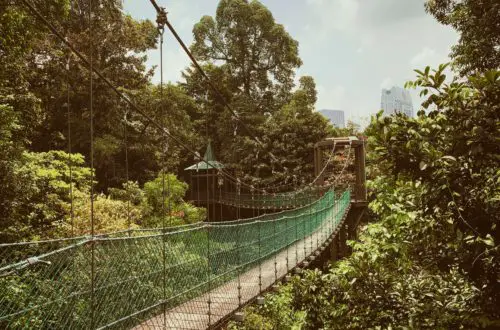
Kuala Lumpur: Hiking Spot in Malaysia – KL Forest Eco Park
8th June 2019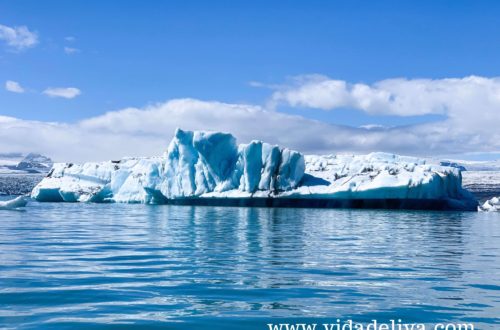
Jökulsárlón Glacier Lagoon Boat Tour | Iceland Travel Guide
9th August 2019